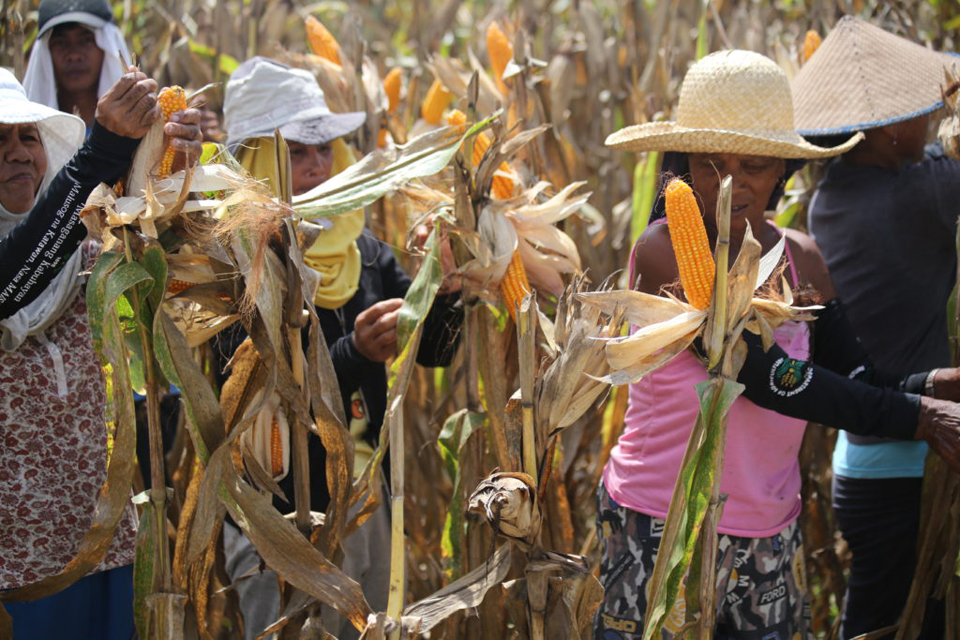
For the first time in history, the Philippines is ready to export corn to neighbouring countries in the region as corn harvests this year will breach the 5.6-million tons domestic requirement.
Agriculture Secretary Emmanuel Piñol said that based on the report of Assistant Secretary Federico Laciste, National Corn Program coordinator, the Philippines’ yellow and white corn harvest for 2017 is expected to hit 8.1-million metric tons in spite of the series of natural calamities which hit the country recently, including the 7-month El Niño.
The production of cassava, which is lumped with corn in the animal feeds category, is seen to reach 570,000 metric tons, contributing further in stabilizing the corn and animal feeds supply in the Philippines, Piñol added.
Thus, Piñol will ask President Rodrigo Duterte during the Cabinet meeting on Monday to direct the National Food Authority (NFA) to amend its rules prohibiting the export of corn until the country doubles its corn production to 200%.
Laciste called the NFA rule regulating the export of corn (and rice) “unfair” and “unjust” to the Filipino farmers because the entry of imported corn to the country had been liberalized.
“This is the first time that the Philippines will achieve a 120% corn sufficiency,” Piñol noted.
For 2016, in spite of the 7-month El Niño which ravaged the country’s agricultural areas, the country posted a 7.5-million metric ton harvest for both yellow and white corn while cassava production reached 536,000 metric tons.
Corn production is expected to be boosted further with the approval and adoption yesterday of the Solar-Powered Irrigation System based on the technical validation and recommendation of the DA’s Central Agriculture and Fisheries Engineering Division (CAFED), Piñol said.
In yesterday’s meeting at the Bureau of Plant Industry (BPI) compound in Malate, Manila attended by top officials of the Department of Agriculture, the adoption of drip irrigation using the Solar-Powered Irrigation System and the use of hybrid corn seeds were identified as priority measures in the National Corn Program.
Irrigating corn fields, which is already being done in parts of Central Luzon, Cagayan Valley and Ilocos Region has proven to tremendously boost production per hectare which now has a national average of 4.7-metric tons per harvest.
In Central Luzon Region, DA Regional Director Andrew Villacorta reported that the highest harvest posted in an irrigated corn field was an astounding 15 metric tons, which is higher by 10 tons over the national average production.
The country’s corn productivity, however, is affected by the very low prices of corn during harvest season owing mainly to the lack of post-harvest facilities like dryers.
The very low prices have dampened farmers’ interest in corn farming and affected the growth of the sector, Piñol said.
The export of corn to such countries as Malaysia, Taiwan and South Korea could result in better prices for yellow corn and is expected to encourage farmers to plant more.
Also yesterday, Piñol directed the National Rice and Corn Program officials to focus their financial resources on providing farmers post-harvest facilities, including harvesters and dryers.
With the use of hybrid corn seeds, sufficient fertilizers, solar-powered irrigation system and efficient post-harvest facilities, the country’s corn production could double during the next five years of the Duterte Presidency, Piñol stressed. ###














